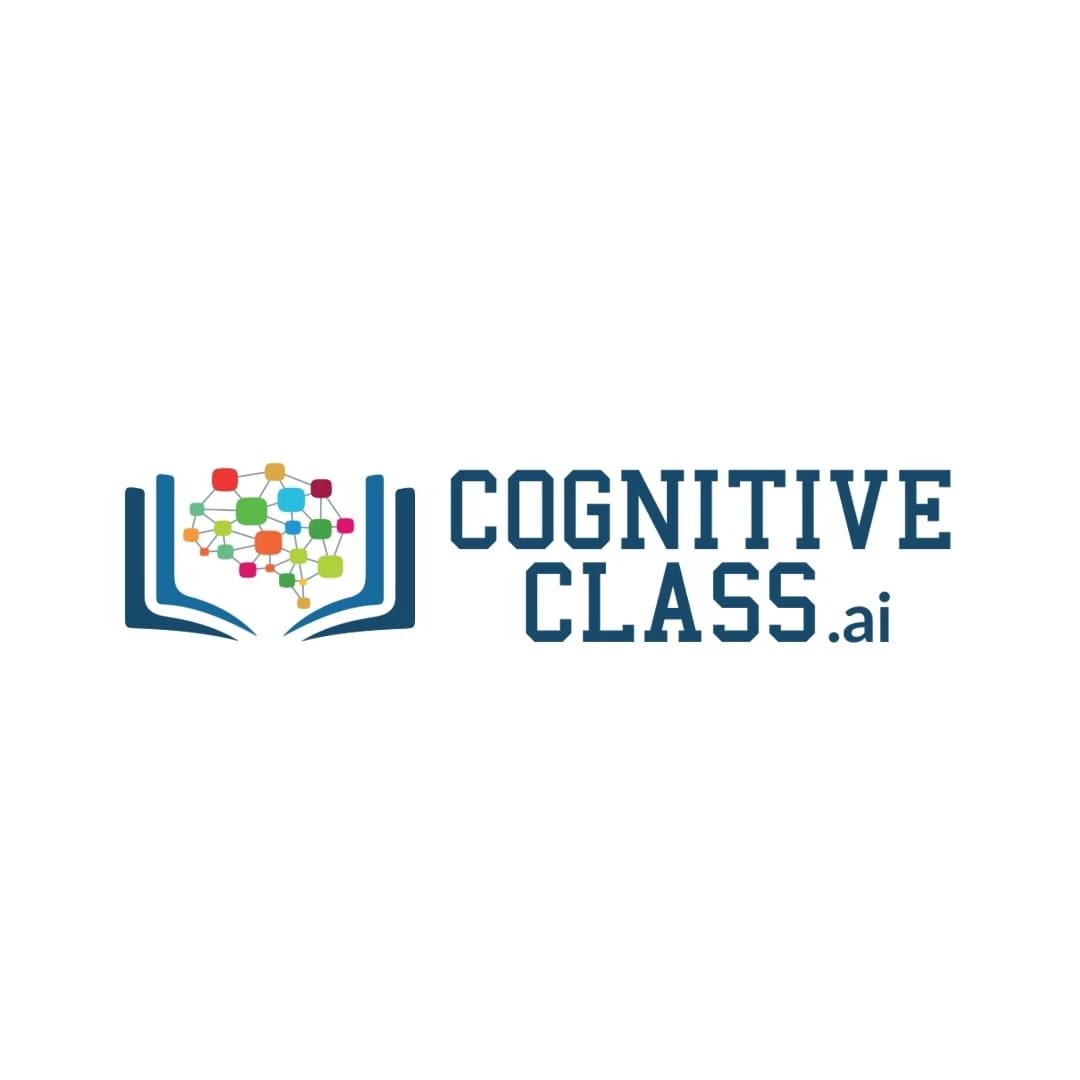Getting Started with Machine Learning with PyTorch
Start your machine learning journey with PyTorch. Learn the fundamentals of tensors, neural networks, and model training in this hands-on, beginner-friendly course.
At a Glance
PyTorch is a leading open source framework for AI research and commercial production in machine learning. It is used to build, train, and optimize deep learning neural networks for applications such as image recognition, natural language processing, and speech recognition.
What is PyTorch?
Model Training with PyTorch
Once the model is implemented, PyTorch provides the DataLoader and Dataset classes to enable using pre-loaded datasets or your own data to train the model. Dataset provides access to the data and corresponding labels and DataLoader can be used to provide iterable access to the dataset for use in training and validation loops.
With a model implemented and training and validation data available, the model can be trained to optimize the parameters, or weights, of the model. Multiple passes, or epochs, are made over the dataset to train and validate the model parameters. After completing a training loop, a validation loop is typically run to check if the model’s predictive performance is improving. In PyTorch, model parameters are kept in an internal state dictionary called state_dict. The save method can be used to save the model parameters.
At IBM, we use PyTorch to train foundation models that power the generative AI capabilities of the IBM watsonx platform.
A Look at the Project Ahead
- Install necessary PyTorch libraries.
- Use PyTorch to build, train and evaluate neural networks.
- Save the trained model parameters and use them later for inferencing.
What You’ll Need
Everything else is provided to you via the IBM Skills Network Labs environment, where you will have access to the Cloud IDE and Python runtimes that we offer as part of the IBM Skills Network Labs environment.
This platform works best with current versions of Chrome, Edge, Firefox, Internet Explorer or Safari.










There are no reviews yet.